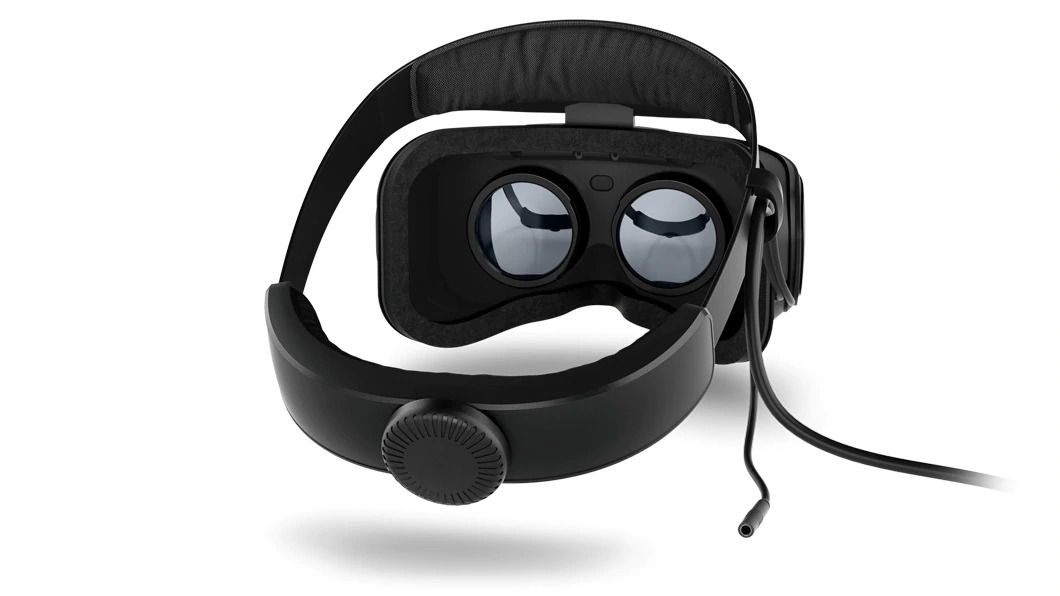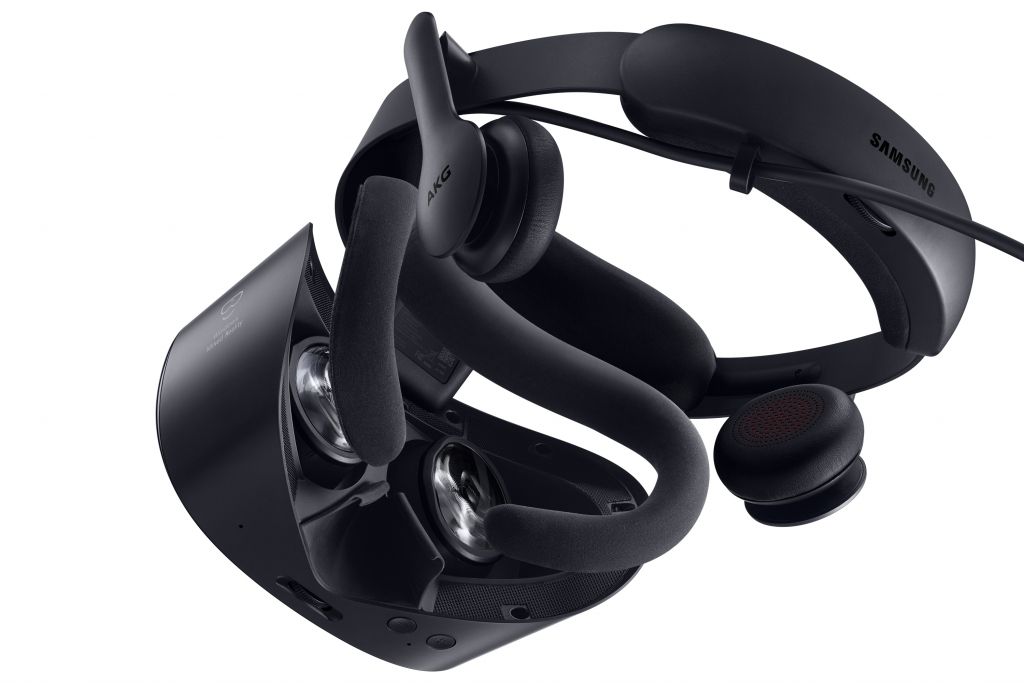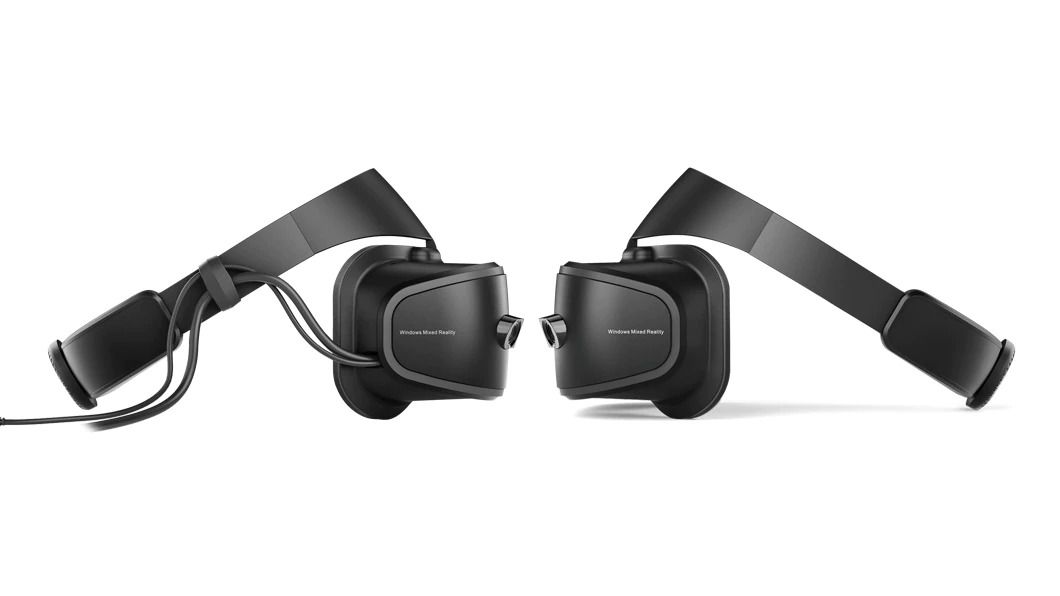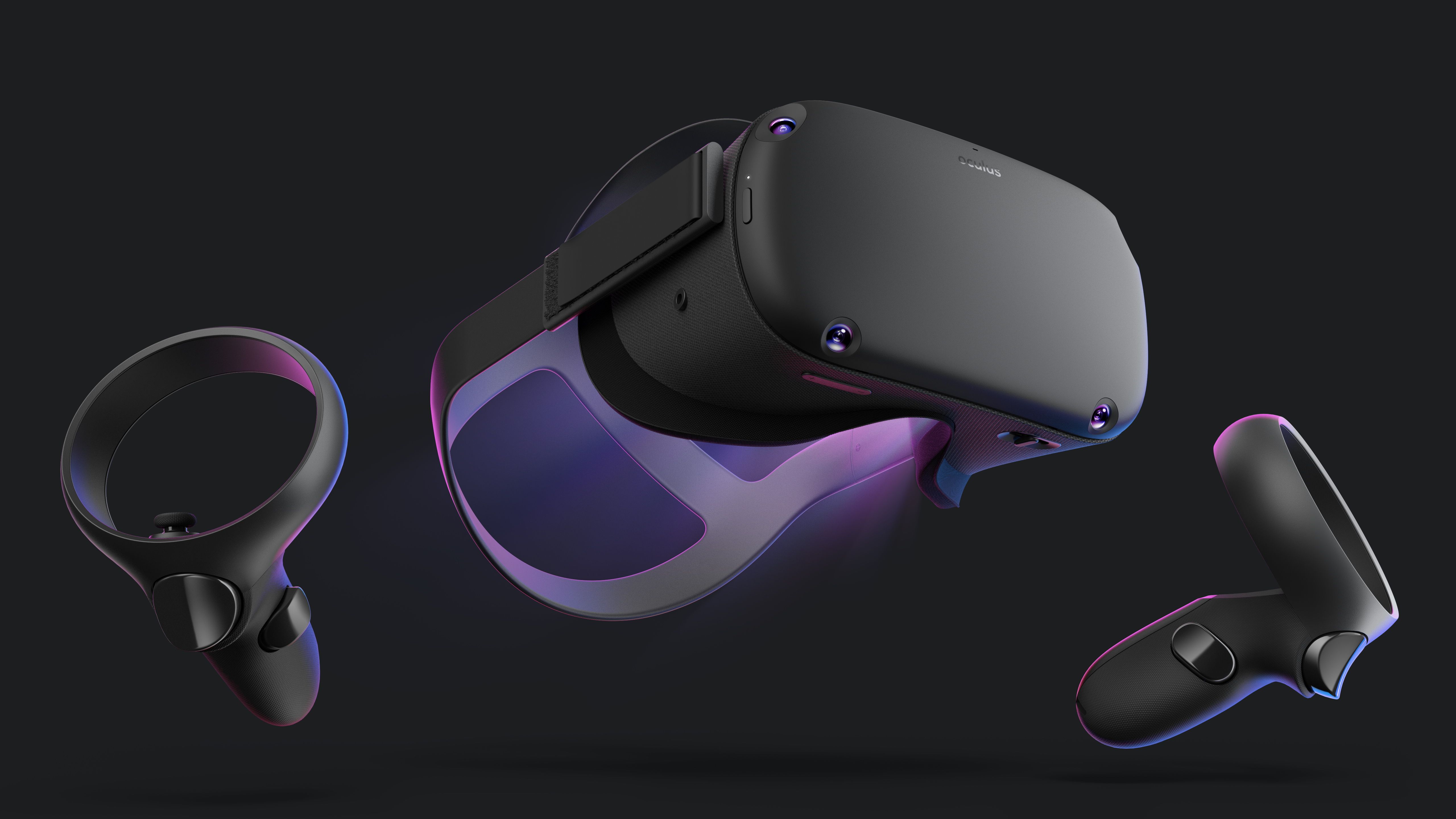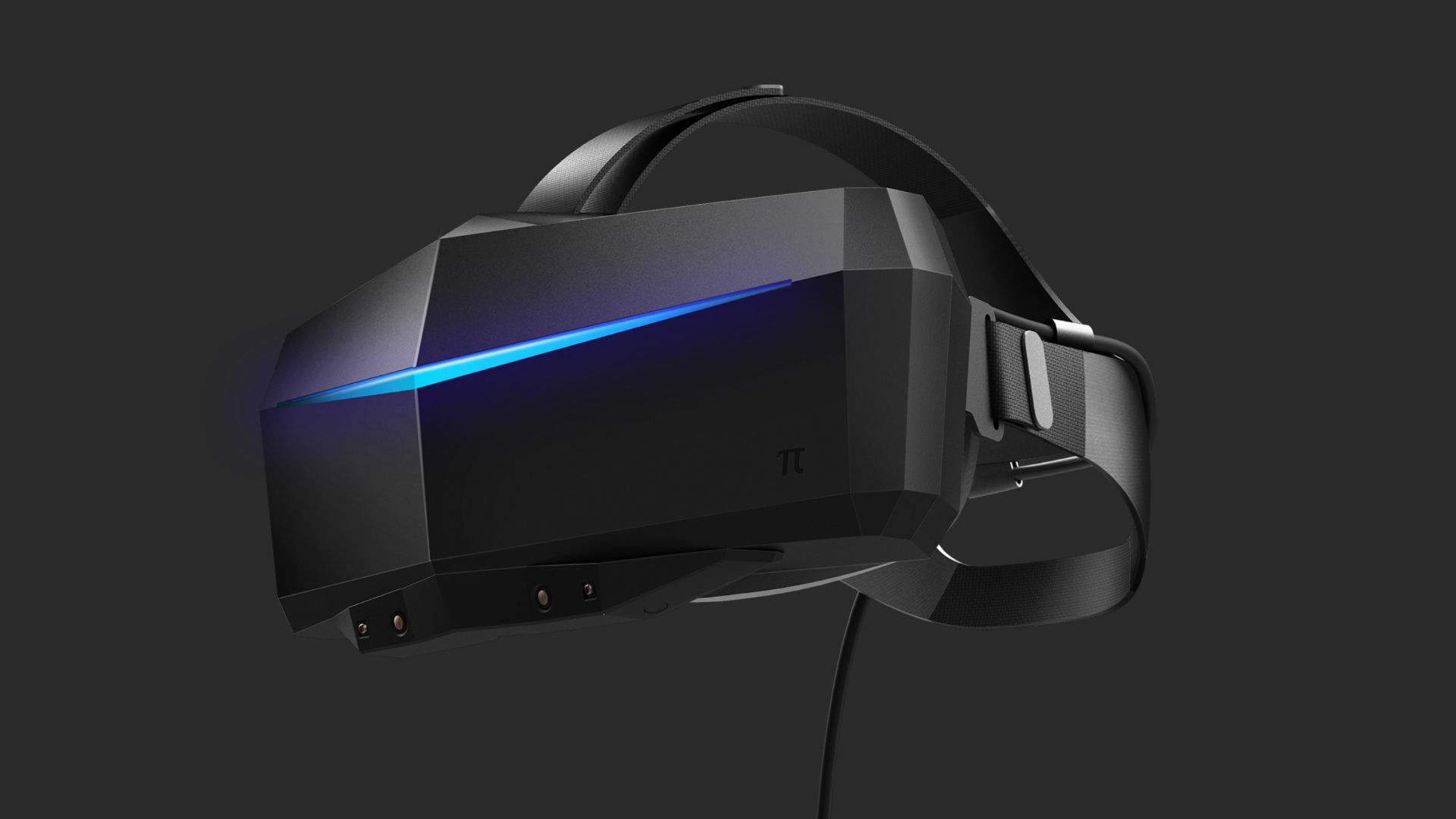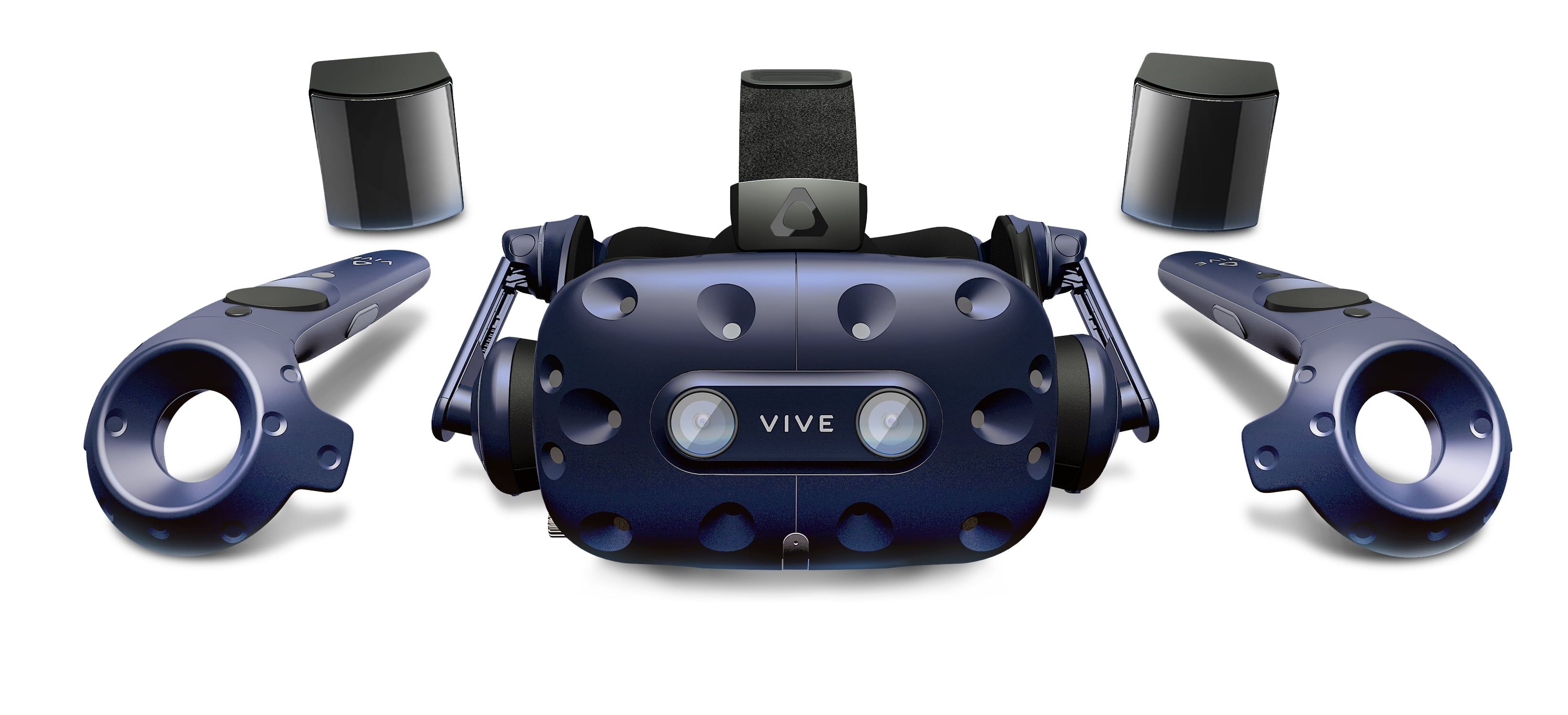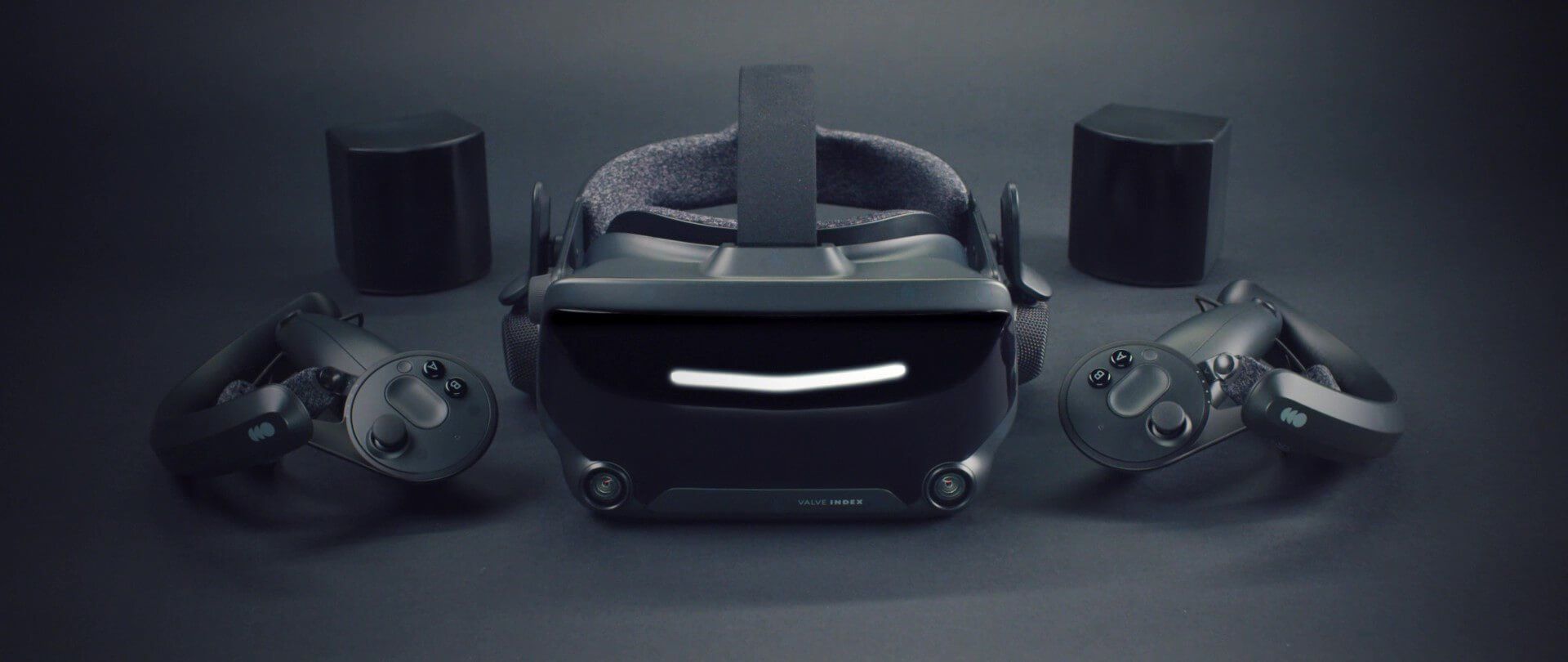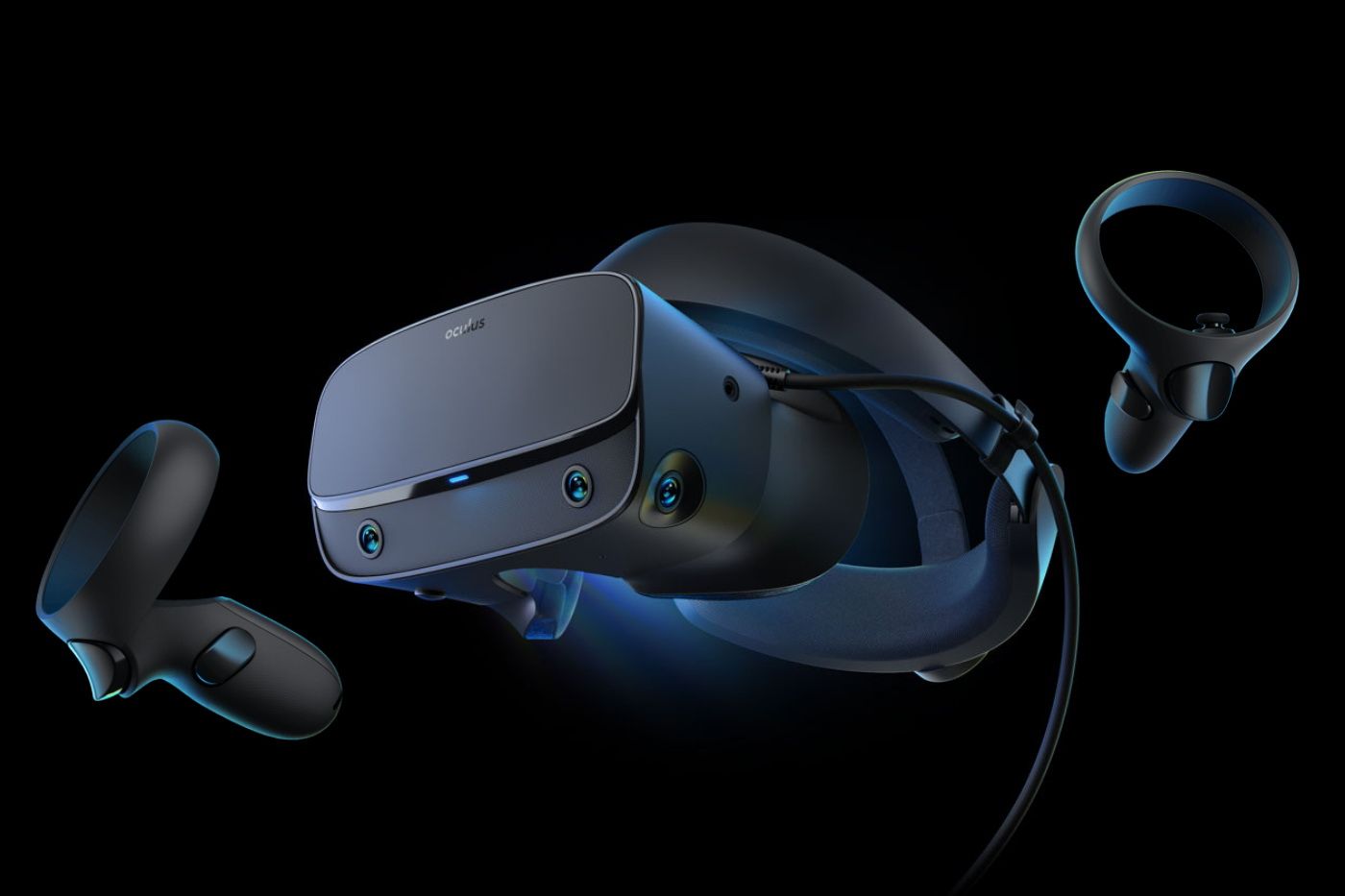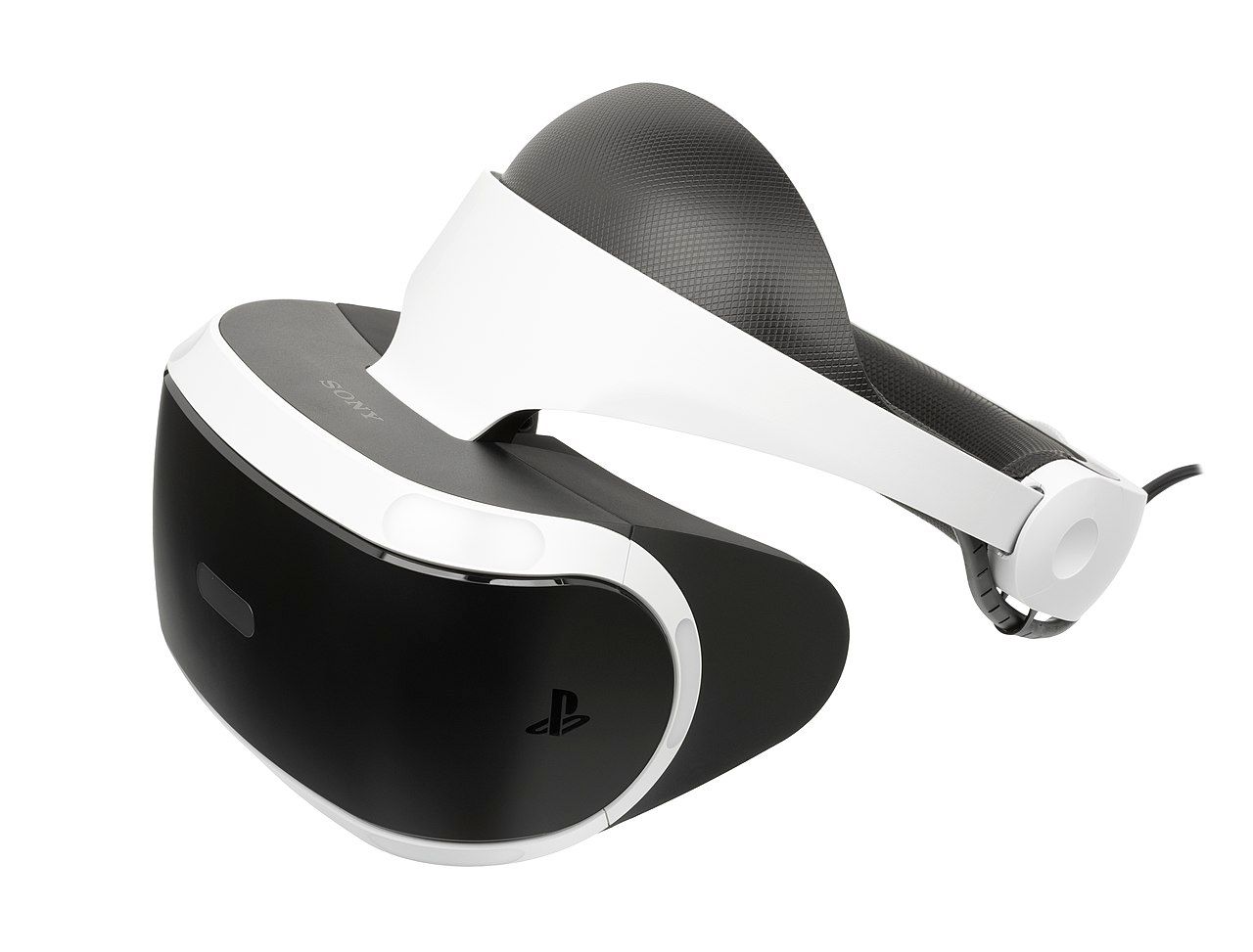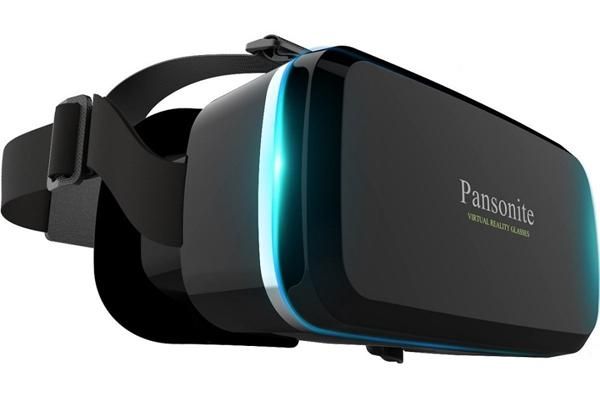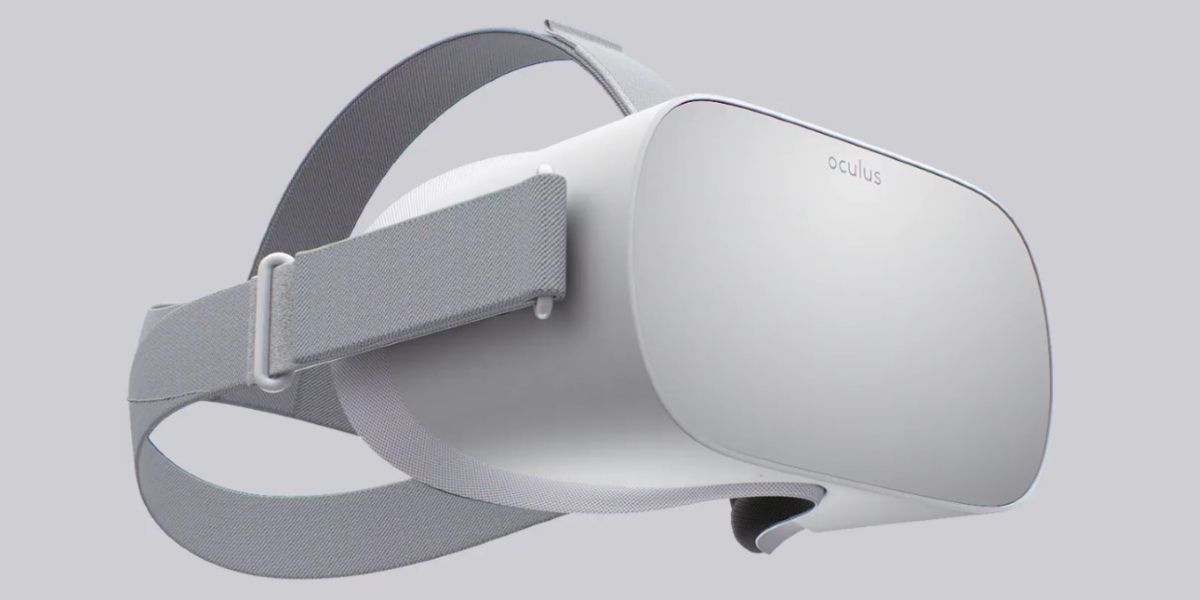VR headsets have become the rage these days among sim racers, and as the technology in this corner of the gaming world continues to advance at a rapid pace, expect VR headsets to become even more integral accessories in the overall racing simulator experience.
As exciting as that future looks, don’t look too far ahead, either. There are already a handful of VR headsets that are currently out on the market that will satisfy your virtual reality needs. From high-powered headsets that provide the crispest of graphics to ones that immerse you in a gaming world you didn’t think was possible, these are the best VR headsets for simulation racing that you can buy today.
Samsung HMD Odyssey+
When it comes to VR headsets, it doesn’t get any better than the Samsung HMD Odyssey+.
The HMD Odyssey+ comes with a pair of 3.5-inch dual AMOLED screens with 3K display that will give you an incredibly realistic all-around view of the race track. It’s also equipped with Samsung’s anti-screen door effect technology and an AKG-tuned audio setup that provides real-life race sounds that you can hear from all directions.
You won’t have to worry about the lenses fogging up, either, thanks to a cooling fabric that’s part of the headset’s makeup. The HMD Odyssey+ is the best VR headset in the market, and it’s certainly priced like one at $499.98 on Amazon.
Lenovo Explorer
VR headsets cost a lot of money. There’s no going around that — no pun intended — reality.
The plug-and-play headset provides impressive visuals, thanks in large part to a pair of 2.89-inch LCD displays with 1440 x 1440 resolution. It can be connected to a PC with HDMI and USB connectors and, just as important, there are no external sensors, which is a nifty feature to have.
The Explorer isn’t made from the finest of materials, but it's lightweight and comfortable to use, so that solves that. It also doesn’t have an onboard audio device so you’re going to have to use your own setup. Other than that, the Lenovo Explorer is a great VR headset for those who don’t have enough moolah to afford the big boy headsets.
Oculus Quest
Sure, it doesn’t boast the same performance peak as the Oculus Rift S, but you hardly notice it when you’re immersed in your game. Power and portability are the headset’s strong suits. The OLED screen provides a crisp 2880 x 1600 resolution and the 100-degree fresh view is enough to give you that natural VR experience.
The Oculus Quest is also lightweight at just 571 grams. It doesn’t require sensors, cables, or any restrictive accessory. Most importantly, you don’t need to connect it to a powerful gaming PC to function. The Quest is completely standalone. It has a few drawbacks — it’s not as sophisticated as the Rift S — but at $399, you get more than enough of the money you spend to buy one.
Pimax 5K XR
With its eXtended Range capabilities — that’s what “XR” stands for — you won’t have to worry about your field of view, especially when you’re playing car racing games. The 5K XR offers incredible dynamic color range and the near absolute blacks that are possible with OLED screens. Be mindful, though, that the 5K XR is more suited for those who have experience in the world of virtual reality gaming.
Setting up the headset for optimal use can be a little tricky so if you’re just dipping your toes in virtual reality, this headset might be too sophisticated for you. It’s larger and heavier than most headsets, too. That’s on account of its ultra-wide field of view. But the payoff is incredible if you can stomach spending the amount of money required to buy one. The 5K XR is one of the more expensive units in the market at a whopping $900. For you to get your money’s worth, you need to have experience in VR headsets.
HTC Vive Pro
HTC is one of the pioneers of the VR headset market, and the company has always been a top performer when it comes to the products it rolls out. The HTC Vive Pro is a good example of that.
Like most top-quality VR headsets, the Vive Pro also provides little to no screen door effect in its field of view. You will notice pixels, but you only do so when yowl far out on the horizon. Still, that shouldn’t spoil your overall gaming experience. The Vive Pro also has one of the best weight distribution headsets in the market.
The weight is neatly balanced when you wear it, making it easier and more comfortable if you’re playing for long stretches. Sound quality is also top-notch, though its overall size could be bigger. Then again, it’s still one of the best VR headsets in the market, even if it’s priced a little higher — starts at around $800 — than most of its rivals.
Valve Index
A lot of VR headsets offer a lot of things, but if you want to talk about the Rolls-Royce of this category, you talk about the Valve Index.
Imagine buying a VR headset that boasts some of the best visuals of any VR headset and a refresh rate of 120Hz that can theoretically go up to 144Hz in experimental mode. That’s what you get with the Valve Index. This headset also comes with a 130-degree field of view, which, again, is best-in-class. There’s no detectable screen door effect inside the headset, too, and it also comes with technologies like per-finger tracking on the Index controllers, as well as USB passthrough for future accessories, and crips audio courtesy of the near-field speakers that are located just above the ears.
The Valve Index is arguably the most complete VR headset that you can buy for your PC. But that distinction comes with a heavy price of more than $1,000. If you want the best, you have to pay for the best, right?
Oculus Rift S
The Rift S is, arguably, the best dollar-for-dollar VR headset in the market. It’s Oculus’ most advanced PC-powered headset, and it was developed and built to fit that billing. The Rift S features next-generation lenses and a sharper display to deliver exceptionally vivid colors. It also comes with lens technology that can cut down on the screen door effect, providing gamers with one of the smoothest racing experiences you’ll get in a VR headset. Like most of Oculus, VR headsets, it takes a minute to set up the Rift S. That’s why it’s not suitable for neophytes in the VR racing scene. It’s more suited for vets of the scene, particularly those who can navigate through the many steps required to download and install the software. Get past this gauntlet and you’re on your way to enjoying one of the best VR headsets that your $600 can buy.
Sony PlayStation VR
Aside from the fact that it’s developed specifically for PS4 use, the PS VR offers everything you need from a VR headset at a fraction of the price that you’ll spend on other headsets. The PS VR is easy to use and boats intuitive Move controllers that let you maximize its potential on arguably one of the biggest gaming libraries in the entire video game community.
Sure, it has a lower lens resolution when compared to other premium VR headsets, but the PS VR is still capable of delivering a 120-hertz refresh rate. That comes in handy if you’re playing a game or watching a movie. You can do the latter, too, thanks to the PS VR’s Cinematic mode that allows you to watch movies in a theatre-like setup. The PlayStation VR can do all of that for just $300. That’s a pretty darn good deal.
Oculus Go
Not everyone can afford a $300 VR headset, let alone one that costs $800 or more. For the financially strapped among us, the Oculus Go is the answer to our ails.
It’s also very versatile; it can be used to play a variety of games, including Oculus Rooms, and watch movies on all your favorite streaming devices. The Go’s resolution is also a hallmark feature; in fact, its 5.5-inch, 2560 x 1440 WQHD fast-twitch LCD display offers better resolution than the 1080 x 1200 resolution of the Oculus Rift and Oculus Vive. For just $149, you get all that and more with the Oculus Go. That’s value for money, folks.
Pansonite 3D VR Glasses
For just $28.99, the Pansonite 3D VR is loaded on features. It comes with a cloth design in front that’s not too different to Google’s Daydream. An adjustable plastic headband means that it can fit on most heads, and the headset also includes built-in headphones with an aux input. Sure, some of the newer smart phones don’t have headphone jacks anymore, but if your phone still does, the Pansonite 3D VR makes for one heck of a VR headset purchase.
It has its flaws — there’s no remote and some light leakage has been reported by users — but for its price point, you can ignore its shortcomings and celebrate what it has to offer. It costs $30, folks. That’s the Pansonite 3D VR Glasses’ biggest selling point.
IS VR good for sim racing?
VR, or virtual reality, is great for sim racing. The immersive experience is miles better than monitor-based simulation racing. The level of realism is on another level, too, and the challenge that comes with being a good racer on VR is much more difficult.
What VR headsets work with iRacing?
iRacing is compatible with most of the popular VR headsets, including a lot of the headsets that come from HTC and Oculus. These headsets are great accessories if you want a fully immersive online gaming experience.
What is the best VR headset for gaming?
It depends on what your requirements are for a VR headset, but the best ones are usually the same ones that command higher price tags. The Valve Index, Oculus Rift S, and Samsung HMD Odyssey+ are good examples of great VR headsets for gaming.
What are the best sim racing pedals?
The best sim racing pedals include any of the following products: the Tilton 600 Pro Hydraulic Pedal Set, Fanatic Clubsport V3 Pedals, and ThrustMaster T3PA Pro Pedals.
Has VR gotten any better in recent years?
Virtual reality (VR) has improved by leaps and bounds in recent years with new products packing incredible amounts of technology. As the scope of VR-compatible games grows, companies like the HTC, Oculus, and Samsung will be more compelled to roll out more advanced and tech-packed VR headsets to keep up with consumer demand.

